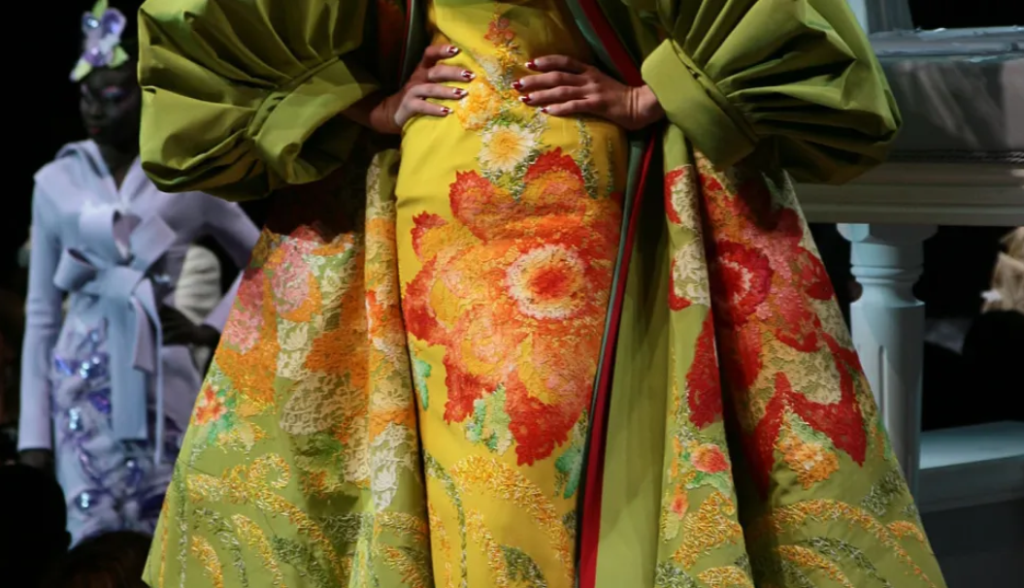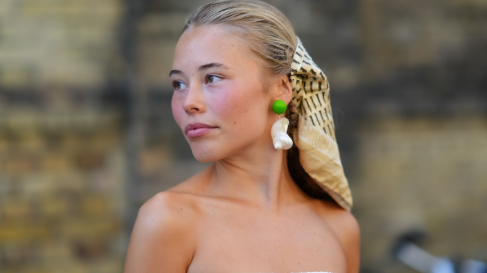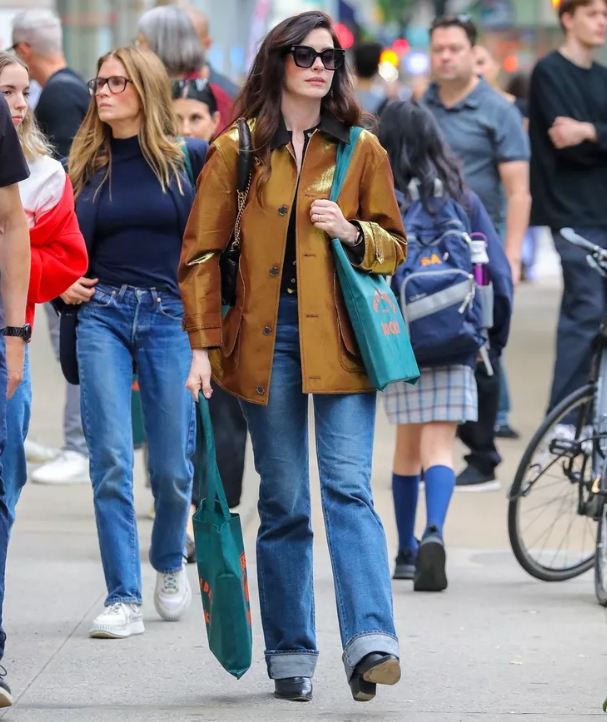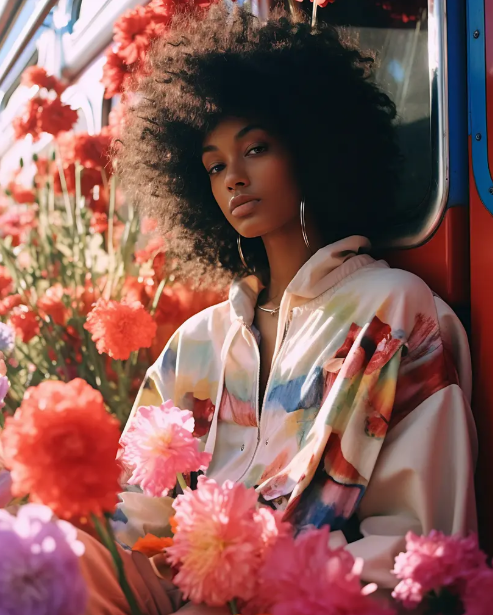Fashion has always been more than fabric—it’s a language. What we wear often tells stories about where we come from, what we value, and who we are. Across centuries and continents, cultural traditions have shaped the way we dress, not just through bold prints or intricate embroidery, but through silhouettes, textiles, and styling choices that reflect identity and heritage.
For women who express themselves through fashion, understanding the influence of cultural traditions offers a deeper appreciation for what’s in your wardrobe. It’s about more than trends—it’s about honoring roots, celebrating diversity, and finding inspiration in the world’s rich tapestry of style.

1. Traditional Textiles with a Modern Twist
Across the globe, traditional fabrics have long told stories of ancestry and artistry. Today, designers are reimagining these materials in modern silhouettes—bringing history into the present.
Think of Ghana’s bold kente cloth, India’s flowing saris and block-printed cottons, or Japan’s minimalist indigo-dyed textiles. These fabrics, once reserved for ceremonial dress, are now seen in streetwear, eveningwear, and everyday outfits.
Incorporating traditional materials into your wardrobe—whether it’s a statement jacket made from woven Guatemalan fabric or a scarf inspired by Palestinian keffiyeh patterns—adds both style and meaning to your look.
2. Embroidery, Beading, and Artisanal Craftsmanship
From the beaded moccasins of Indigenous North American tribes to the ornate embroidery of Eastern Europe, handcrafted details are a hallmark of cultural expression in fashion. These techniques are more than decorative—they carry generational knowledge and spiritual significance.
Modern fashion houses and independent designers alike are turning to these traditional crafts not only for their beauty but for the stories they tell. Wearing pieces that feature traditional embroidery or beadwork supports artisan communities and helps preserve endangered techniques—making every outfit a form of cultural appreciation and support.
3. Silhouettes Rooted in Heritage
Cultural silhouettes are often timeless, shaped by climate, purpose, and identity. Think of the wrap dresses inspired by African traditional robes, the wide-legged trousers influenced by East Asian hanboks, or kaftans and abayas reimagined for contemporary closets.
Many modern collections take cues from these traditional shapes, blending comfort and elegance with modern tailoring. These pieces serve as a reminder that honoring heritage doesn’t mean dressing in the past—it means letting history inspire your present.
4. Celebrating Identity Through Fashion
In a world where fashion is often fast and fleeting, drawing from cultural traditions can anchor your style in something more lasting. Whether it’s through jewelry passed down through generations, handwoven accessories from your home country, or garments inspired by your family’s roots, incorporating culture into your wardrobe can be deeply empowering.
It’s also a beautiful way to celebrate others—supporting brands that work with global artisans or showcase underrepresented cultures is a way to embrace fashion that’s not only stylish, but ethical and inclusive.

Final Thoughts
Fashion is one of the most powerful forms of storytelling. By honoring cultural traditions, we infuse our wardrobes with richness, meaning, and respect for the communities that shape our world’s style. Whether it’s a single accessory or a full look inspired by your heritage, wearing culture with intention turns fashion into connection.
Disclaimer: The information provided in this article is for educational and informational purposes only and is not intended as a substitute for professional medical advice, diagnosis, or treatment.


















